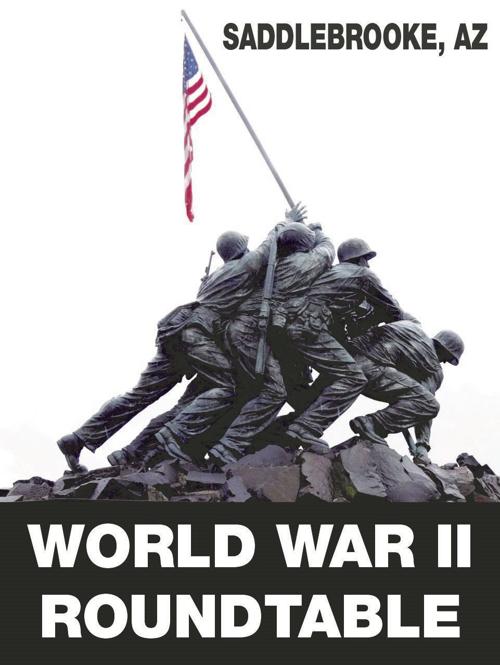Before recorded history, armies employed deception to facilitate victory. Does anyone not know of Odysseus and the Trojan horse? We celebrate the Allied strategic deception surrounding D-Day, with an imaginary Army Group created around General George S. Patton, Jr. (then in Gen. Eisenhower’s dog house). But tactical deceptions also worked, allowing a specialized US Army battalion to mislead the Germans that they faced more Allied soldiers than were there. Those German units remained fixed in static positions while the real American units slipped away to attack in unexpected locations.
This was the “Ghost Army” that remained a secret many years after WWII. They were a different breed of soldier—creative, artistic, and unconventional—like Bill Blass who knew his postwar endeavor was fashion design. This unorthodox unit repeatedly deceived the Germans after D-Day, facilitating victory while saving up to 50,000 allied lives.
Mark Schwartz graduated from Ohio State in 1973 with a degree in political science and an Air Force commission through ROTC. He completed navigator training and flew in the F-4 Phantom for 12 years, finishing his military career embedded in Army units for close air support duty. His defense industry career spanned over 30 years, to include aircraft companies like Northrop & Lockheed. Mark completed the WII Studies master’s program at ASU while living here at SaddleBrooke.
The Ghost Army will be presented by SaddleBrooke’s own Mark Schwartz on at 1 p.m. in the DesertView Theater on Wednesday, May 1. All are invited. The Roundtable does not charge dues.




